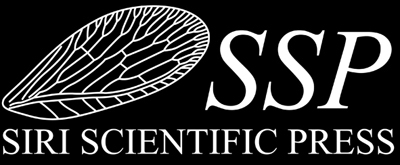New approaches to the evolution and identification of wasps
Posted by David Penney on
Wing venation patterns in insects provide useful characters with which to classify living and fossil insects. Recently, quantification of its shape using landmarks (morphometric analysis) has increased the potential of wing venation to distinguish individual taxa such as species. However, the use of wing landmarks in elucidating how the species are related to one another (phylogenetic analyses) remains largely unexplored. In research just published in the journal Cladistics, Adrien Perrard and colleagues tested landmark analysis under parsimony (LAUP) to include wing shape data in a phylogenetic analysis of hornets and yellow jacket wasps. Using 68 morphological characters, nine genes and wing landmarks, they produced the first total-evidence phylogeny of Vespinae. Their results indicated that wing landmark configurations were unreliable phylogenetic characters when treated independently, but provided some useful insights when combined with other data (e.g. morphology and genes). Their phylogeny corroborated the monophyly of most groups proposed on the basis of morphology and showed the fossil Palaeovespa is distantly related to genera that exist today. Unstable relationships among genera suggest that rapid radiations occurred in the early geological history of the Vespinae wasps.

Palaeovespa fossil from Florissant Beds, USA (Wikimedia)
Full reference: Perrard, A., Lopez-Osorio, F. and Carpenter, J. M. (2015), Phylogeny, landmark analysis and the use of wing venation to study the evolution of social wasps (Hymenoptera: Vespidae: Vespinae). Cladistics. doi: 10.1111/cla.12138
We also have several books that deal with the insects and fossils listed above. Get free shipping on our Vespine Wasps book with the code VESPSHIP at checkout (available for one week only).


Share this post
0 comment
